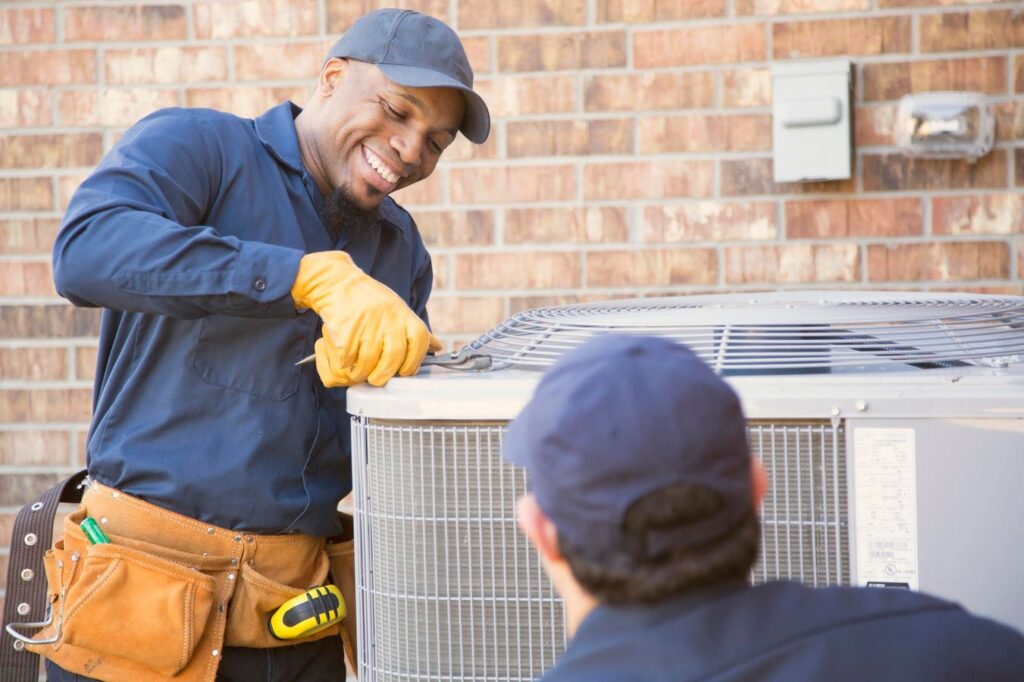It’s no secret that generative AI has been dominating the venture capital discourse.
But while many investors continue to chase co-pilots for coders and GPT plug-ins for enterprise software, a quieter AI revolution is taking place in industries often overlooked by tech: plumbing, HVAC, and skilled trades.
Netic, a San Francisco-based startup, recently raised $20 million from Greylock and Founders Fund to bring AI to the home services sector. Its platform automates client outreach, schedules technicians, and even predicts emergency service needs. This is not just a flash in the pan. McKinsey estiamtes that global invstment in construction and engineering technology doubled to $50 billion in the period between 2020 and 2022 vs. 2017 and 2019.
Silicon Valley is often perceived to favor abstract problems over physical ones; more than half of venture dollars have flooded into AI infrastructure and enterprise productivity. Critical sectors like home servicesre main reliant on manual processes, word-of-mouth referrals, and outdated systems. These represent the next frontier in AI and fintech innovation.
Home Services Are Ripe for Intelligent Infrastructure
In this context, the emergence of “HVAC AI” feels both timely and overdue. Despite their unglamorous nature, these sectors represent essential services. Demand is surging due to aging infrastructure, climate extremes, and a shrinking labor pool. But the software layer supporting these workers remains fragile at best.
Much of the attention so far has focused on scheduling automation. But the challenges in home services extend far beyond the calendar. Homeowners frequently receive drastically different quotes for the same repair job with no clear standard for comparison. Plumbing estimates can range from $300 to $1,200, depending on who you call. This inconsistency erodes trust and drives inefficiency.
Standardized pricing frameworks powered by AI could help address this. Using regional data and historical estimates, platforms could benchmark average costs, enabling providers to differentiate based on quality rather than opacity. This would not only improve the customer experience. Furthermore, it would reward contractors who operate transparently and efficiently.
Project visibility is another critical gap. Delays are common in repair and renovation projects, but homeowners often do not find out until it is too late. Commercial builders have long used project management software to reduce rework and miscommunication; some report a 20% reduction in delays due to better coordination. A similar tool for residential projects could dramatically improve outcomes for consumers and contracots aliek. Imagine a world where real-time updates, timelines, and permit tracking are avialable in one click. This is the true power of “HVAC AI.”
Reimagining the Home Services Lifecycle
Homeowners often lose track of service intervals or warranty expiration dates. AI could streamline this process, acting as a digital maintenance assistant: logging repair history, tracking service schedules, and surfacing proactive alerts before things break. For providers, this creates opportunities to build long-term relationships rather than one-off transactions.
Predictive modeling offers even more promise. Given a home’s age, square footage, location, and renovation history, machine learning models could forecast when major systems might require maintenance or replacement. If a prospective home buyer, for instance, knows at the time of purchase that she will need replace a roof in 5 years, she can begin to plan financially. These insights would empower consumers to budget more effectively and make informed decisions at the point of purchase, not in moments of crisis.
These gaps are not theoretical. They are felt most acutely by the growing segment of homeowners navigating maintenance without deep expertise or trusted referrals. Women now make up the majority of first-time homebuyers in the U.S., despite earning less than their male counterparts. Yet the service landscape remains opaque, inconsistent, and in many cases, dismissive. This represents both a market inefficiency and an equity issue.
Tech solutions that address these problems holistically will not only modernize the industry, but also make it more iclusive, trusworthy, and efficient. Pricing transparency, proactive maintenance, and real-time updates are merely the tip of the spear.
The venture community often talks about “picks and shovels” investing, which refers to building foundational tools rather than flashy end-user apps. Yet some of the most powerful picks and shovels may be those helping legacy industries work smarter, not harder. In an era where AI is too often reduced to chatbots and copilots, the bigger opportunity might be in making sure someone shows up on time to fix your boiler—and knows exactly what it will cost.
The next generation of AI breakthroughs may not look like another unicorn SaaS platform. They may look like the smart layer sitting on top of physical labor, infrastructure, and home services that have kept cities running for decades. Investors would be wise to pay attention.
Read the full article here










